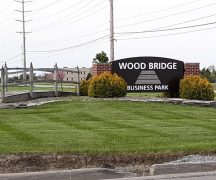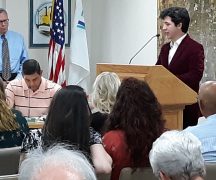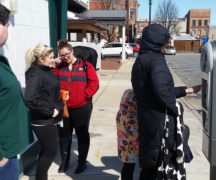By JAN LARSON McLAUGHLIN
BG Independent News
As the zoning war waged on in Bowling Green, the battle took a different tactic Monday evening. Instead of predicting what the new zoning would do, photographs were presented that showed what is already happening due to a lack of code enforcement in the city.
The 34 photos showed indoor furniture littering yards, trash collecting around houses, vehicles parked in lawns, a boarded up window, straw bales used as insulation around a house, a beer keg lodged high in a tree, a gutter falling down, cars blocking sidewalks, a mattress in a yard, a tarp over a roof and a broken out window for the entire winter – most in a few blocks between East Wooster and East Poe roads.
The photos were taken during a one-hour period on Sunday, according to David Pfleger, who gave all the City Council members pages of photos. All were taken, he said, in the area planned for a zoning change that would allow duplexes, higher density, and some businesses next to homes.
Why would the residents of those neighborhoods want more density, when the city can’t handle what is there now, Pfleger asked.
The photos were taken along North Enterprise, North Summit and North Prospect streets, as well as East Evers and Clough streets.
There are already nuisance ordinances in place, with different city departments assigned to take care of various problems – including public works, code enforcement, the police division and the Wood County Health Department.
But it’s left to citizens to initiate any action, Pfleger said. And in the cases of most of the photos, the problems had already been reported – but nothing was done, he said.
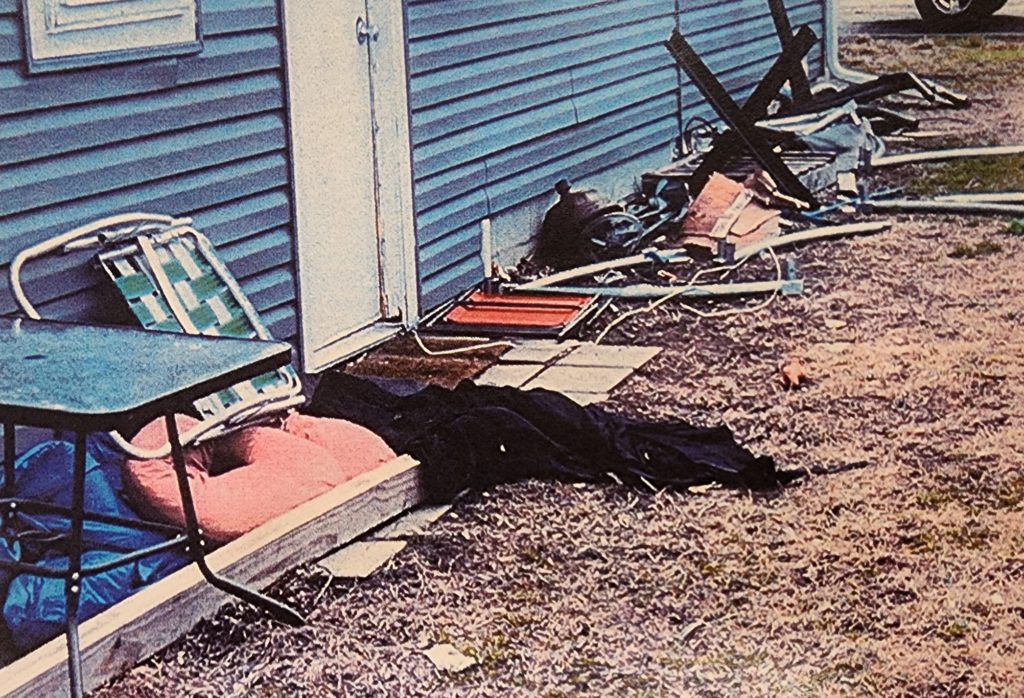
“More often than not, it’s left up to citizens to report the problems,” Pfleger said. “There needs to be a shift in enforcement from reactive to proactive.”
Pfleger is accustomed to reporting the violations, getting yelled at by the landlords even if he’s on private property, and getting phone calls from the landowners. But not everyone is comfortable with that.
“There needs to be a reporting system that allows residents to report without fear of retaliation,” he said.
Pfleger cited a planning consultant who not long ago told city officials that Bowling Green has lost $54 million in property values due to the conditions of nuisance properties.
“We do not oppose rentals in our neighborhoods,” but homeowners are angry about the loss of property values, he said.
After Pfleger was done speaking, City Council President Mark Hollenbaugh reacted to the photographs.
“I find it concerning,” he said, especially since the violations were not cherry picked over a period of time. “These were accumulated in one day.”
Mayor Mike Aspacher agreed. “They are concerning to me also.”
Aspacher reminded council of his pitch last fall to work on a comprehensive exterior housing maintenance code. That was put in the budget for this year, he said.
“I think all of us would agree there’s room for improvements,” the mayor said.
Other citizens at Monday’s meeting re-emphasized their displeasure with the zoning code change for the older neighborhoods surrounding the downtown area.
“In my 20 years on council and 12 years on the utility board, and all the years since that I have been following city council, I have never seen so many people in opposition to an issue before council,” said Joyce Kepke.
More than 600 people have signed a petition against the zoning change – many who are long-time residents, young property owners, and downtown business owners, she said.
“All people who care about what their city looks like now and in the years to come,” Kepke said.
The new zoning will encourage the conversion of more single-family homes into duplexes, increasing the density with all the problems that go with more rentals, she said.
“Why are the concerns of the neighborhood ignored?” Kepke asked. “If you are putting the interests of those stakeholders above those of residents … shame on you.”
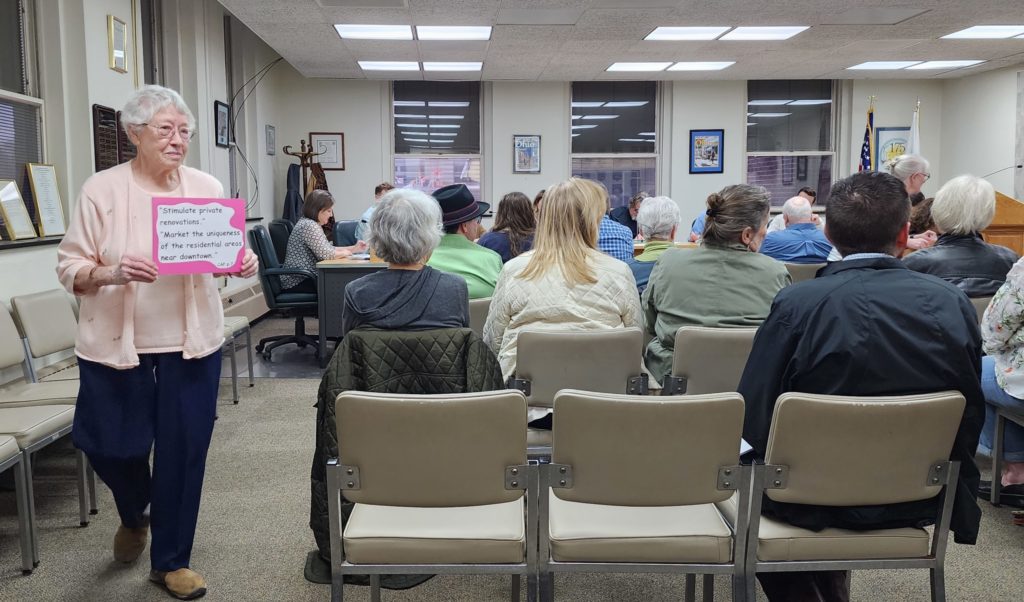
Joe DeMare voiced his concerns about the zoning change.
“I see this as cutting the heart out of the city,” he said, accusing city leaders of catering to businesses and landlords.
DeMare used Monday’s meeting to announce his Green Party candidacy for mayor of Bowling Green. “I see a future where democracy works in Bowling Green.”
Emily Dunipace thanked city officials for the community forum held last week on the zoning issues. It was an example of “caring citizens gathering to actively engage in the process,” she said.
But Dunipace expressed concerns about who City Council considers the “stakeholders” in the zoning process. Council member Jeff Dennis said he sees residents, property owners and business owners as stakeholders. Dunipace asked that council view homeowners as the priority.
Penny Meyer-Evans talked about the goals of the zoning change to make the neighborhoods surrounding downtown more walkable with greater housing options. She suggested the city consider allowing businesses in other neighborhoods that have no businesses within walkable distance.
David Drain told council that “we meant no sarcasm,” when some residents at last week’s forum suggested that the zoning allowing duplexes and some businesses in residential areas be spread throughout the city – not just in the older neighborhoods by downtown.
“We have already paid the price of densification,” Drain said. “We need to enforce the laws that we have … before we mess up a lovely old neighborhood.”


